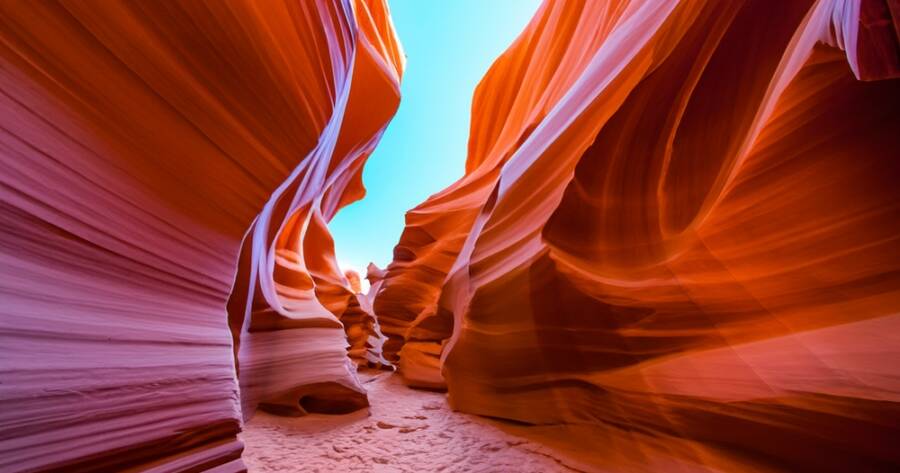The American Southwest is home to some of the country’s most iconic landscapes, from towering red rock formations to vast desert vistas and winding slot canyons. Planning a two-week road trip through this region offers the chance to experience multiple national parks in one journey, each with its own unique scenery and culture. With thoughtful planning, you can create a loop that maximizes your time, balances driving with exploration, and provides a mix of hiking, sightseeing, and relaxation along the way.
Mapping the Ideal Route
A classic Southwest national park loop often begins and ends in Las Vegas or Phoenix, both of which have major airports and easy access to rental cars. From Las Vegas, you can head northeast to Zion National Park in Utah, then continue to Bryce Canyon, Capitol Reef, Arches, and Canyonlands. From there, the route often swings south into Arizona for Monument Valley, Petrified Forest, and the Grand Canyon before looping back to the starting point.
This type of loop minimizes backtracking and allows you to experience both Utah’s “Mighty 5” parks and Arizona’s dramatic desert landscapes. The drive times between most parks are manageable, ranging from two to five hours, giving you time to enjoy multiple stops in a single day without feeling rushed.
Balancing Time in Each Park
With two weeks, you can dedicate more than just a quick stop at each park. Some parks, like Zion and the Grand Canyon, are worth at least two to three days to experience major hikes and scenic drives. Others, such as Bryce Canyon or Petrified Forest, can be thoroughly explored in one full day.
Consider your interests when allocating time. If hiking is a priority, Arches, Canyonlands, and Capitol Reef offer extensive trail networks. If photography is your focus, plan to visit Bryce Canyon and Monument Valley at sunrise or sunset for the best light. Building in rest days or shorter travel days will help you avoid burnout and give you time to explore nearby towns and cultural sites.
Accommodations and Park Access
Accommodations in and around national parks range from campgrounds to hotels and lodges, but they often book up months in advance—especially in peak seasons like spring and fall. If you plan to camp, research each park’s reservation system and be aware of any special regulations, such as designated sites for RVs.
Staying just outside park boundaries can be a good alternative when in-park lodging is full. Towns like Springdale (near Zion), Moab (near Arches and Canyonlands), and Tusayan (near the Grand Canyon) offer a variety of options and easy access to park entrances.
Investing in an annual America the Beautiful Pass is also worthwhile for this kind of trip, as it covers entrance fees to all national parks and many federal recreation areas, which can save both time and money.
Preparing for Weather and Terrain
The Southwest’s climate can be unpredictable. Summer temperatures often soar above 100°F in lower-elevation parks like the Grand Canyon’s South Rim or Arches, while higher elevations like Bryce Canyon can remain cool even in midsummer. Spring and fall generally offer milder weather, but sudden storms or temperature drops are possible at any time of year.
Pack layers, sun protection, and plenty of water for both driving and hiking days. Many trails in the region offer little to no shade, and some areas are remote with limited cell service, so it’s important to be self-sufficient. If your route includes slot canyons or desert hikes, check for flash flood warnings before heading out.
Adding Cultural and Scenic Side Trips
While the national parks are the main attraction, the Southwest is also rich in cultural heritage and lesser-known natural wonders. Side trips to places like Antelope Canyon, Horseshoe Bend, or the Navajo National Monument can add depth to your journey.
You might also explore historic towns such as Flagstaff or Santa Fe, or visit Native American cultural sites and trading posts to learn more about the region’s history and traditions. These stops not only break up long drives but also provide a broader perspective on the Southwest’s diverse landscapes and communities.
A Journey Through the Southwest’s Best
A two-week national park loop in the Southwest is more than just a road trip—it’s an immersion into some of the most breathtaking landscapes in the United States. By planning your route carefully, balancing time between parks, and preparing for the region’s varied conditions, you can create a trip that’s both efficient and deeply rewarding.
Whether you’re standing at the edge of the Grand Canyon, hiking among the arches of Utah, or watching the sun set over red rock cliffs, every stop on the loop offers a memory worth keeping for a lifetime.

